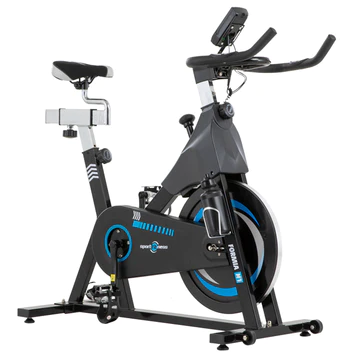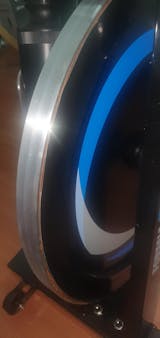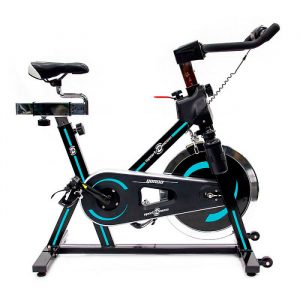Características del Producto
| Peso | 46.5 kg |
|---|---|
| Dimensiones | 103 × 20 × 82 cm |
| Sistemas Multiposición | 3 |
| Peso de Volante | 18 Kg |
| Peso Máximo de Usuario | 120 Kg |
| Sistema de arrastre | Banda |
| 3 sistemas multiposición | Si |
| Manubrio antideslizante | Si |
| Resistencia magnética | Si |
| Rodachinas para fácil desplazamiento | Si |
| Galápago en espuma de alta densidad | Si |
| SISTEMA DE ARRASTRE | BANDA |
| Pintura electrostática | Si |
| Estructura en hierro de alto tráfico | Si |
| Uso | Doméstico / Institucional |
| Ciclo computador que indica | Velocidad -Distancia – Calorías – Tiempo – Pulso |












2 valoraciones en Bicicleta Spinning Formia M1 – 70379
No hay Calificación aún.